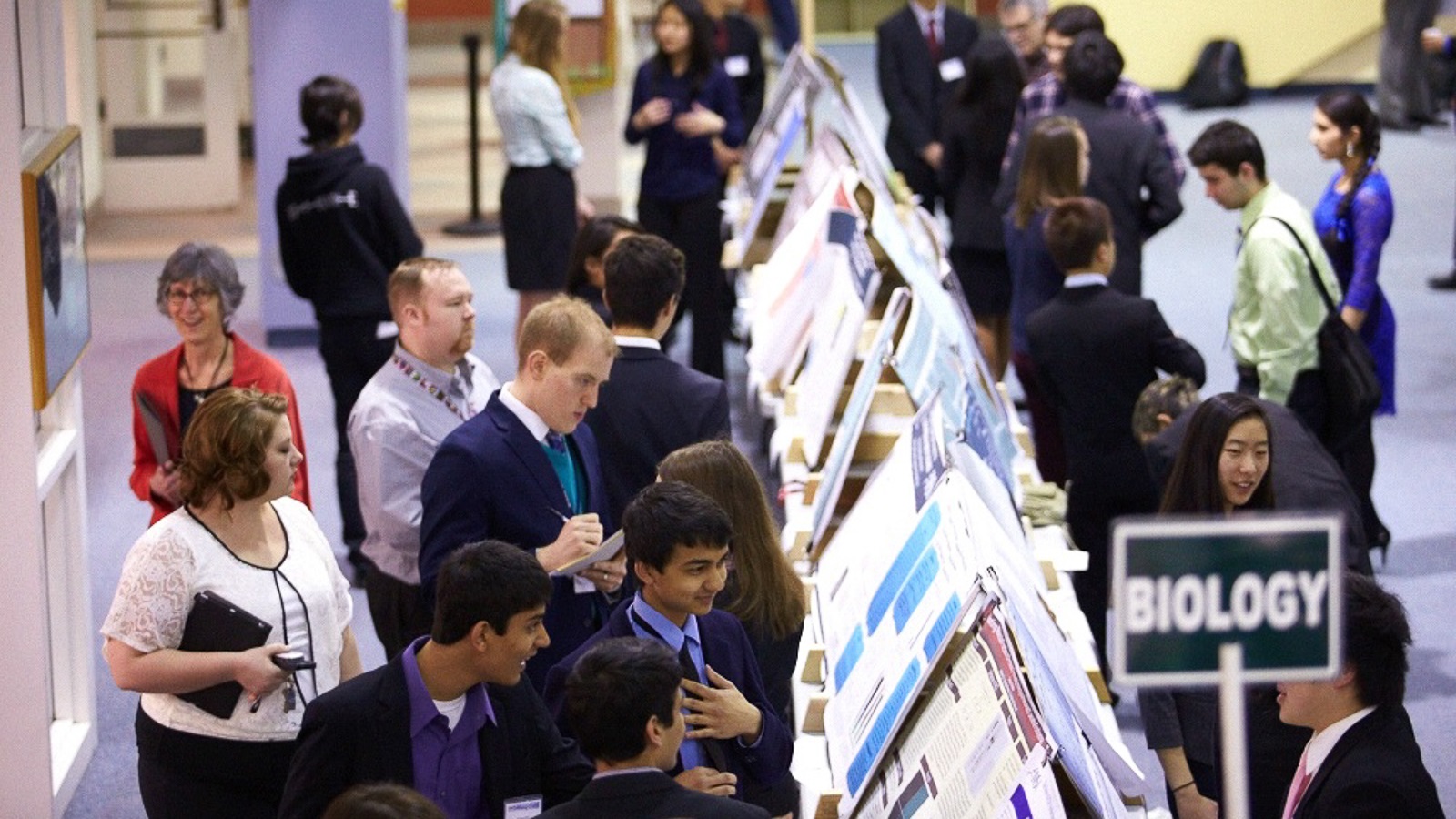The U.S. Department of Energy’s Argonne National Laboratory’s ongoing Illinois Mathematics and Science Academy (IMSA) High School Internship Program has this year’s exceptionally bright high school students working on the Deep Underground Neutrino Experiment’s (DUNE) world-changing research. The projects are still in progress, but the interns have already made great progress in their work and as future STEM leaders.
Each Wednesday, IMSA juniors and seniors have the opportunity to conduct research at Argonne in key STEM topics as part of the Student Inquiry and Research (SIR) Program. They both advance Argonne’s research and take key steps toward professional STEM pathways. “Argonne’s Educational Programs office has had a long-standing relationship with IMSA,” Argonne Learning Center Instructor Azucena Rodriguez said. “Through these internships, we help students realize their full potential in STEM while advancing the Lab’s mission science.”
“We need a new generation of scientists. We want people who understand science, and who can talk about science, and support it in the future.” — Zelimir Djurcic, experimental physicist, Argonne National Laboratory
This year, IMSA juniors Diego Michael and Smriti Shankar assisted with DUNE, the largest particle physics project in the U.S. Out of more than a thousand current DUNE collaborators, Michael is the only person classifying proton decay limits. “DUNE has incredible potential. It can tell when the universe was created,” Michael said. “This knowledge affects our lives and how we think of things.”
Shankar is currently gathering data on waveforms of light from DUNE’s detectors. “My project has amazed me because there is still so much to learn that nobody knows yet,” she said.
Shankar is considering a physics minor for the first time and she hopes to do more research next year. “I have questions that I want answers to,” she explained. “Because while my research might be centered on one thing, it is like a window into seeing other things, too.”
Physicist Zelimir Djurcic enjoys volunteering as a mentor for internships like the IMSA High School Internship because it gives students an authentic scientific research experience and prepares them for promising STEM careers. “We need a new generation of scientists,” he explained. “We want people who understand science, and who can talk about science and support it in the future.”
The internship continues through April, so the students still have more work ahead. Even so, their mentors at Argonne are confident in their progress and proud of their research. Neutrino physicist Maury Goodman is excited about the growth in scientific understanding of neutrinos in part through his and other mentors’ interns. “We’ve gone from knowing almost nothing to almost everything,” he emphasized.
Goodman, who has mentored around 25-30 IMSA students over the years, appreciates the IMSA High School Internship’s role in students’ STEM growth and the Lab’s research, and he hopes that more scientists will be inspired to become involved with the program as mentors. “It’s a privilege to help encourage the next generation,” he said.
Funding for the Deep Underground Neutrino Experiment is provided by the Department of Energy Office of Science’s Office of High Energy Physics.
Argonne National Laboratory seeks solutions to pressing national problems in science and technology. The nation’s first national laboratory, Argonne conducts leading-edge basic and applied scientific research in virtually every scientific discipline. Argonne researchers work closely with researchers from hundreds of companies, universities, and federal, state and municipal agencies to help them solve their specific problems, advance America’s scientific leadership and prepare the nation for a better future. With employees from more than 60 nations, Argonne is managed by UChicago Argonne, LLC for the U.S. Department of Energy’s Office of Science.
The U.S. Department of Energy’s Office of Science is the single largest supporter of basic research in the physical sciences in the United States and is working to address some of the most pressing challenges of our time. For more information, visit https://energy.gov/science.
Original post https://alertarticles.info
